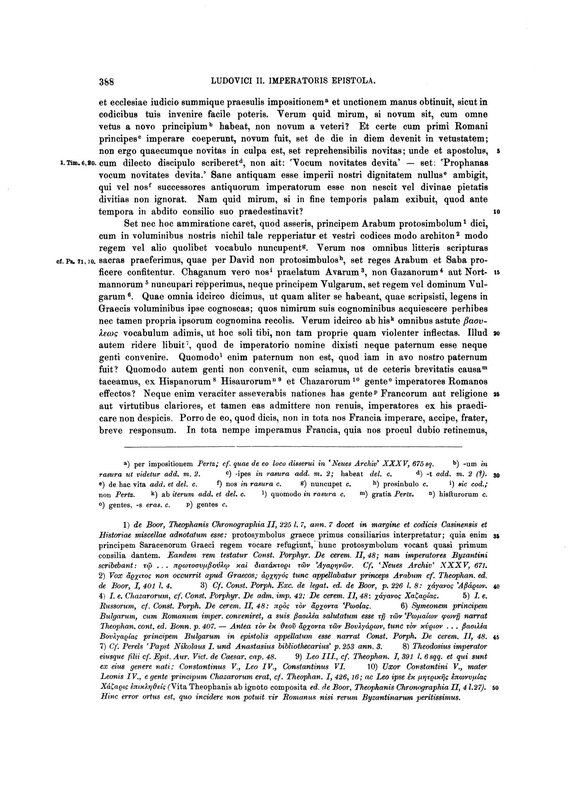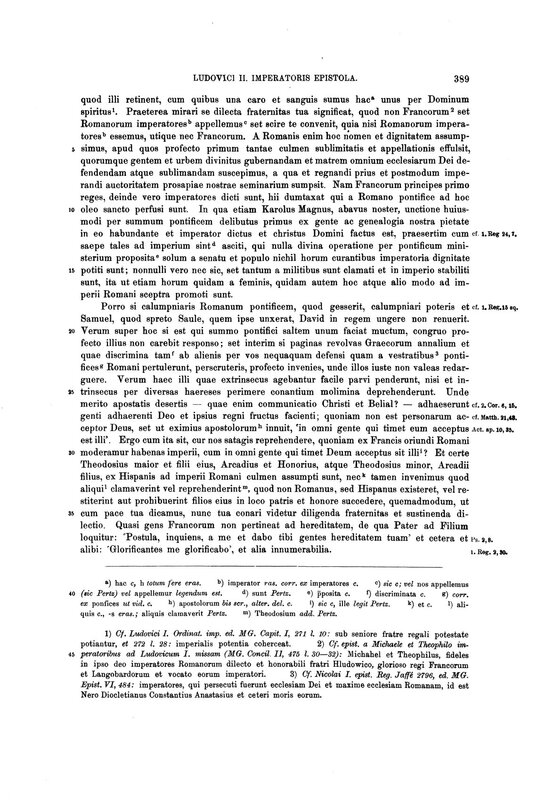Constantine and the Ρωμανία
The Byzantine Claim: Through Direct Succession and Continuity
Here on the left, there is the Codex Multinensis Graecus 122, a continuation and improved upon edition of Joannes Zonara’s Epitome of Histories, wherein is depicted an entire chronology of the Roman Emperors, from the time of Augustus down through the Emperors of the Eastern Roman Empire down to Constantine XI.
This genealogy of the Emperors from the very inception of the Roman Empire to the downfall of Constantinople in 1453, in (contestably) continuous succession from Emperor to Emperor is one of the claims that Byzantium has over the other rival claimants.
Letter from John II to Justinian
Whereas here on the left, is a letter from Pope John II to Justinian, in which frames the religious legitimacy that Byzantium had reclaimed with the conquest of Justinian over much of the former Roman territories including most of the Italian peninsula, and therein brought back the patriach of Rome back under Roman jurisdiction. This was the start that marked the reign of the Byzantine Popes, in which Byzantium effectively upheld the religious legitimacy that it had previously held two centuries prior. Particularly revealing are the matters of heresy that are mentioned here, which allude to the much later heresies that would eventually divide the pentarchy.
A Later Letter from the Period of the Byzantine Popes,
Here are two more letters, this time from Gregory the Great to Emperor Maurice and his successor Phocas, detailing more concerns on heresies, but within lies the duty of the Emperor as the defender of the faith, not only in protecting the borders of the Empire, but to also redress the spiritual matters that were tearing it apart from within.
Debate Over What constitutes a Roman Emperor
In this last source, this letter contains Louis II’s reply to Basil I in response to what they were defining as being a Roman and therein who was the rightful Emperor of the Romans. Basil’s argument defined that Roman was an identity, more than ethnicity or nationality, and more than being crowned by the Pope in the city of Rome, demonstrating that even in this time following the distancing of the Popes away from Byzantine authority to the Carolingians (and the successive Francias), the Byzantine Emperors still believed in their claim as the successors of Rome
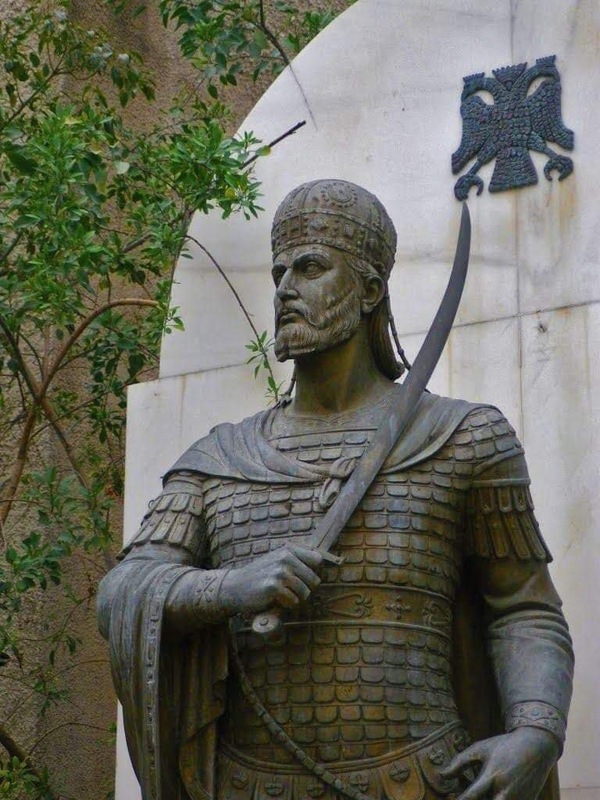
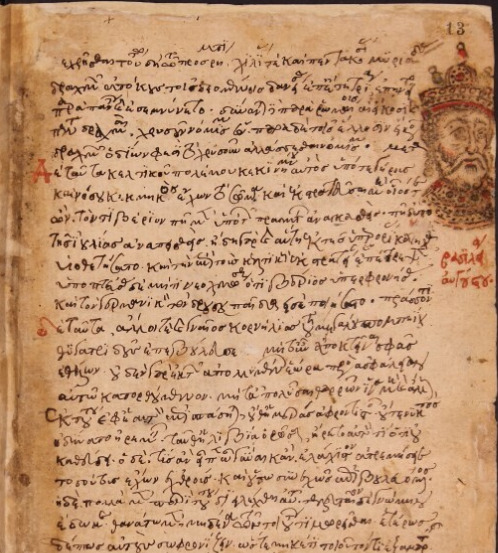
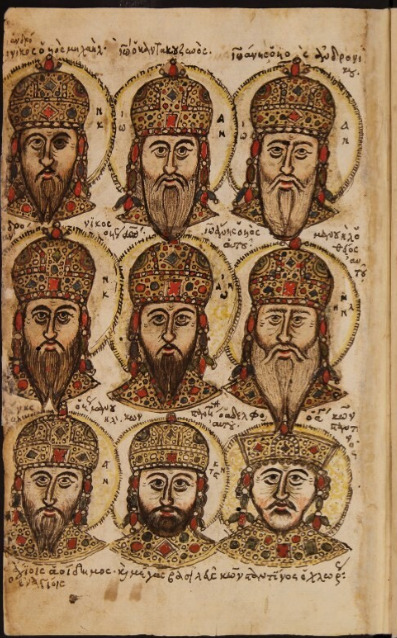
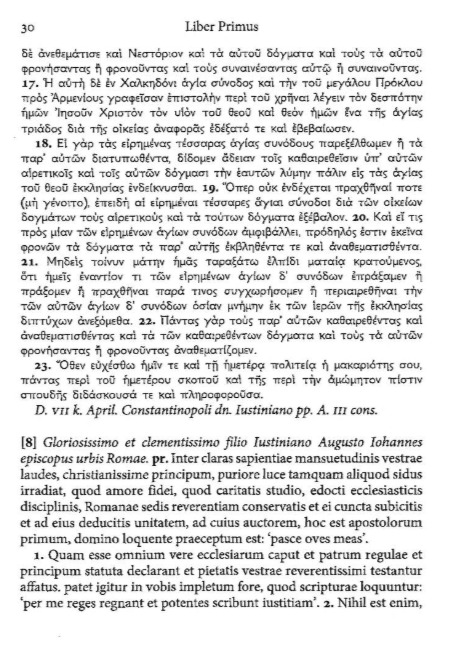
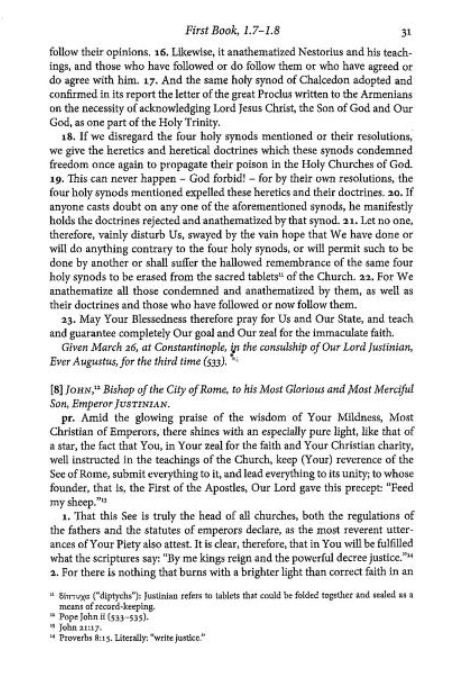

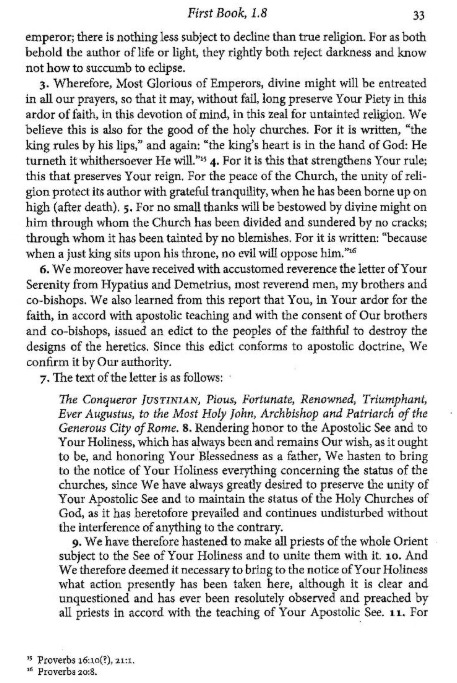
![https://www.documentacatholicaomnia.eu/01p/0590-0604,_SS_Gregorius_I_Magnus,_Registri_Epistolarum_[Schaff],_EN.pdf https://www.newadvent.org/fathers/3602.html , Page 762](https://expo.mcmaster.ca/files/large/635a24f6f838d3db846df292b0f0b3c379cd3efd.jpg)
![https://www.documentacatholicaomnia.eu/01p/0590-0604,_SS_Gregorius_I_Magnus,_Registri_Epistolarum_[Schaff],_EN.pdf https://www.newadvent.org/fathers/3602.html PAge 175](https://expo.mcmaster.ca/files/large/784b952e8df68b554f7013c420a46a351f9392ea.jpg)

